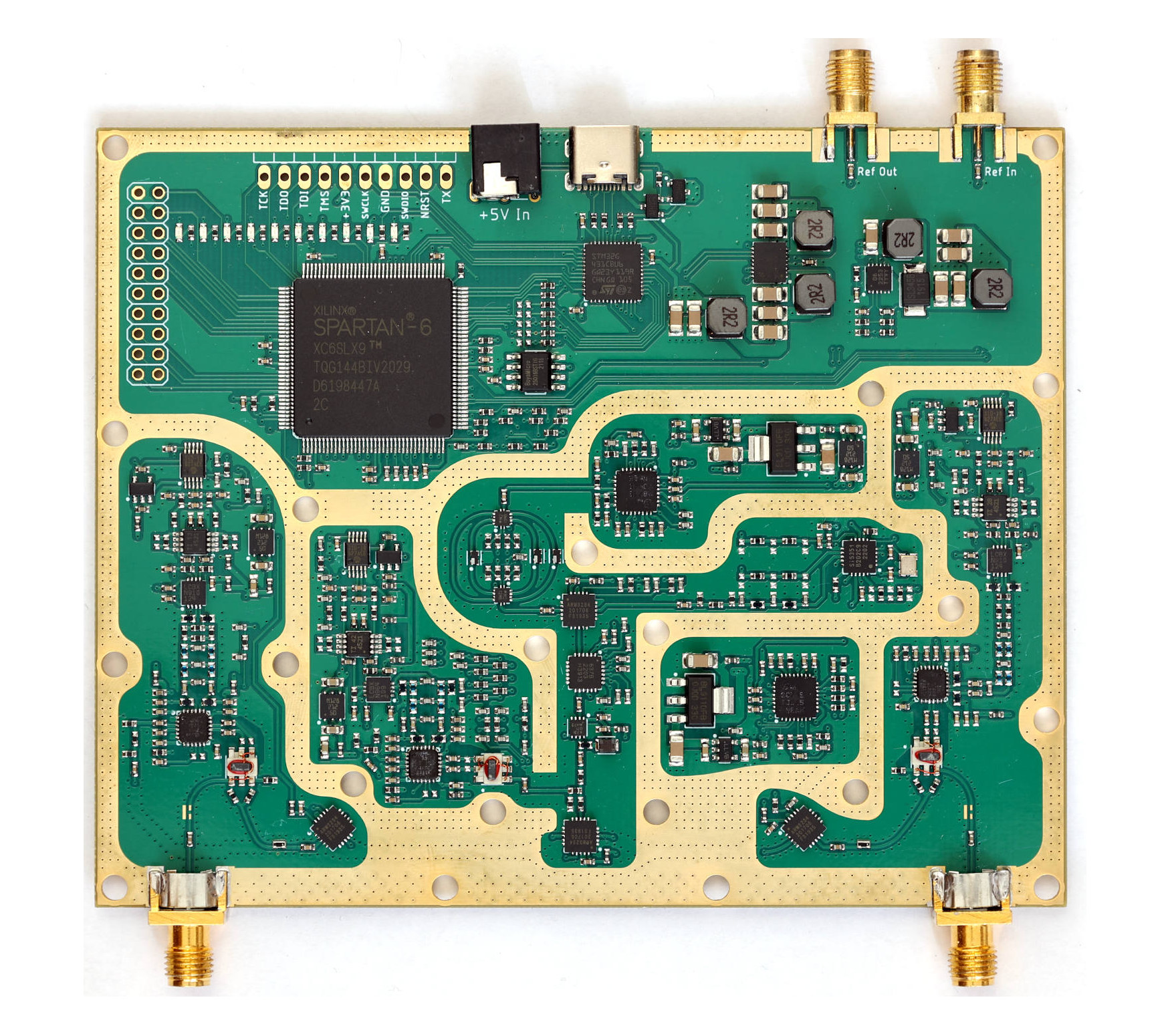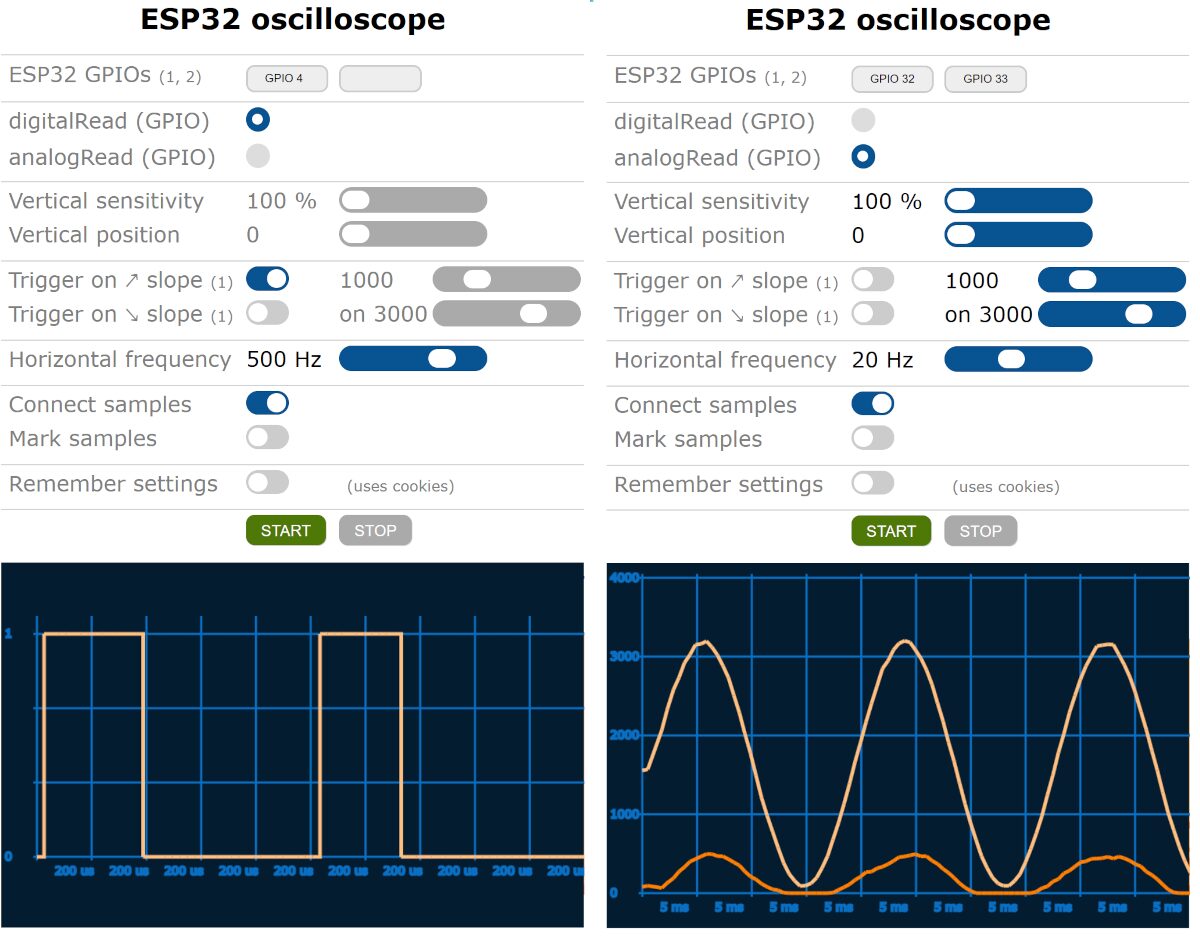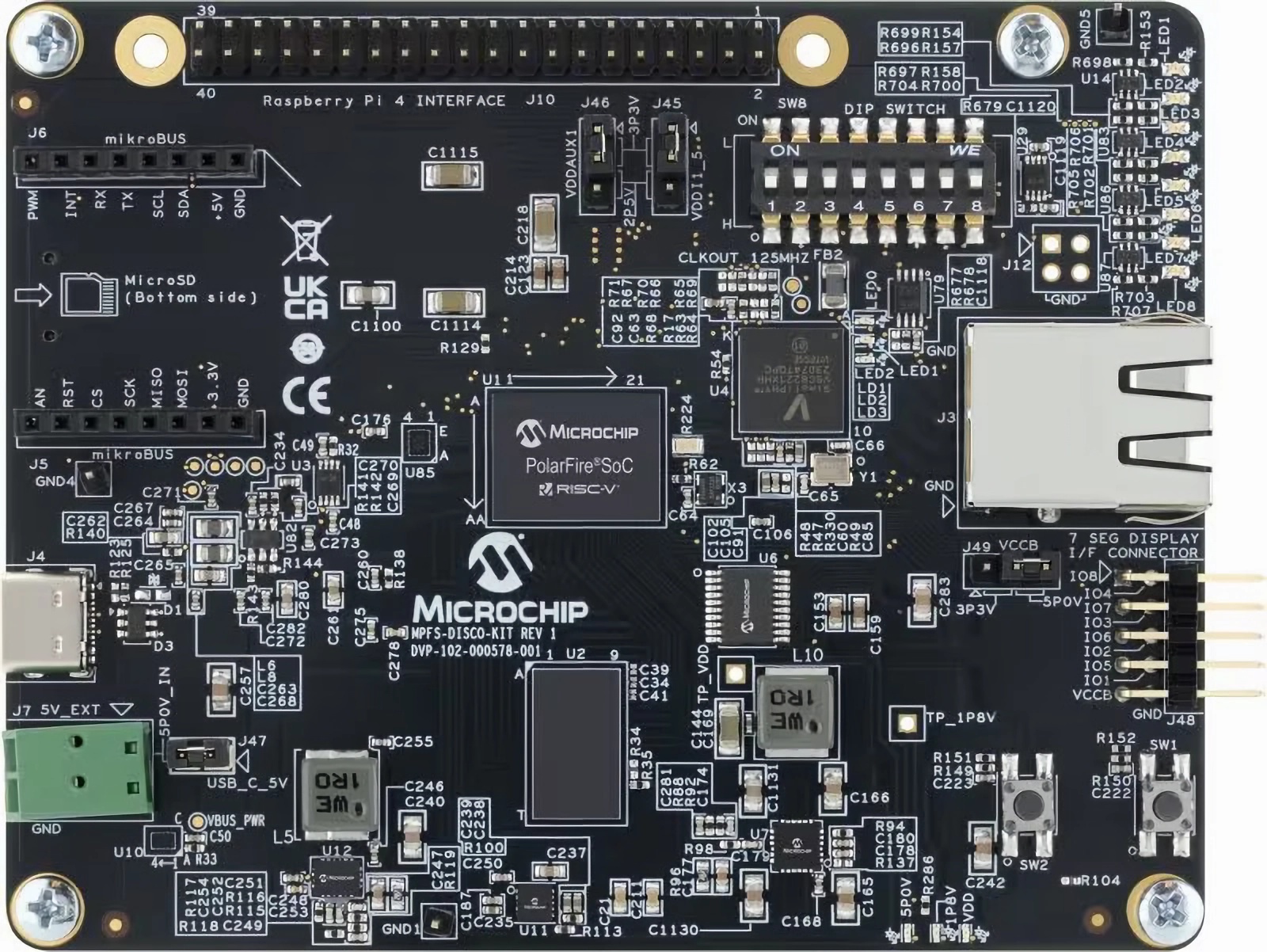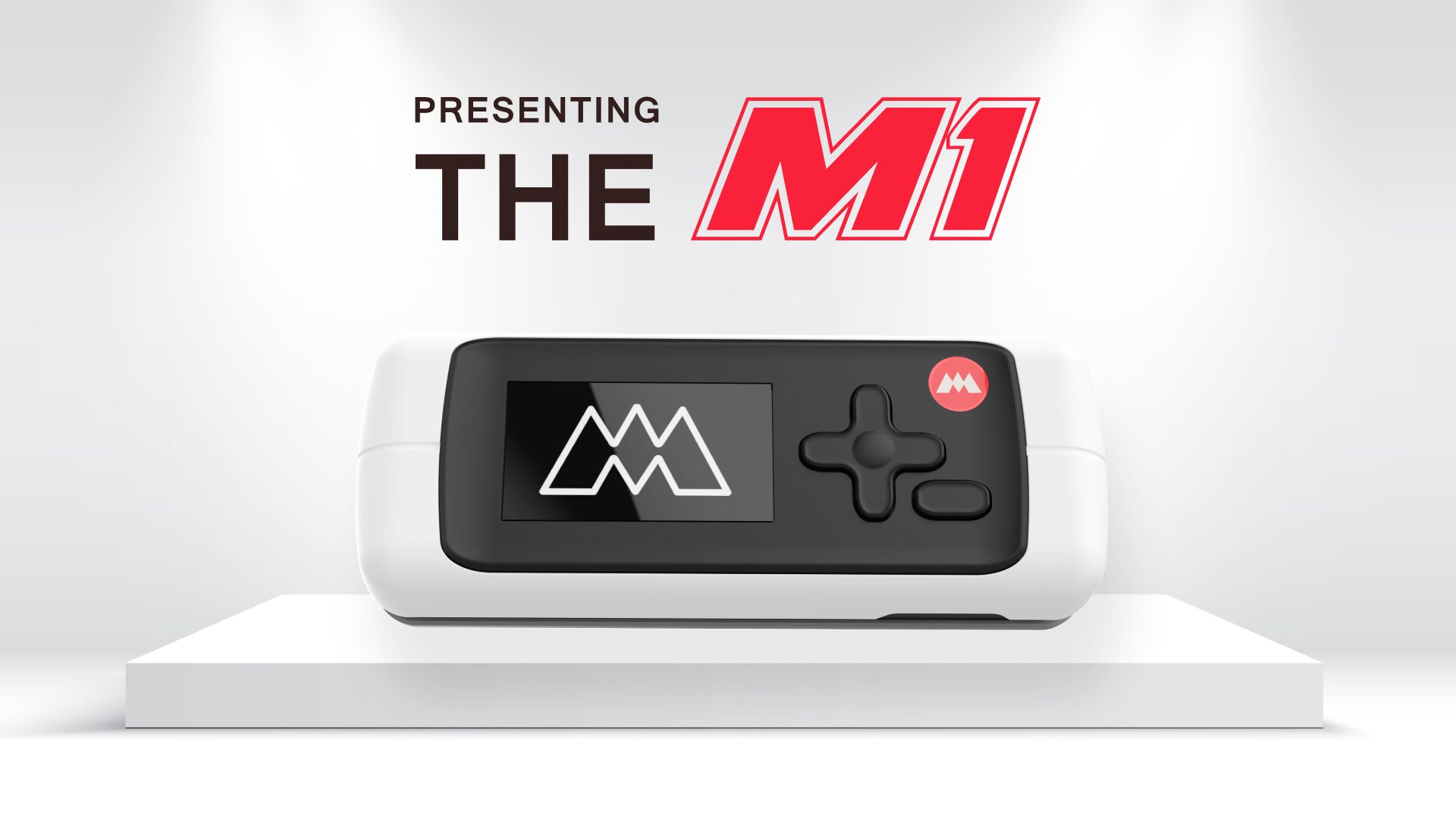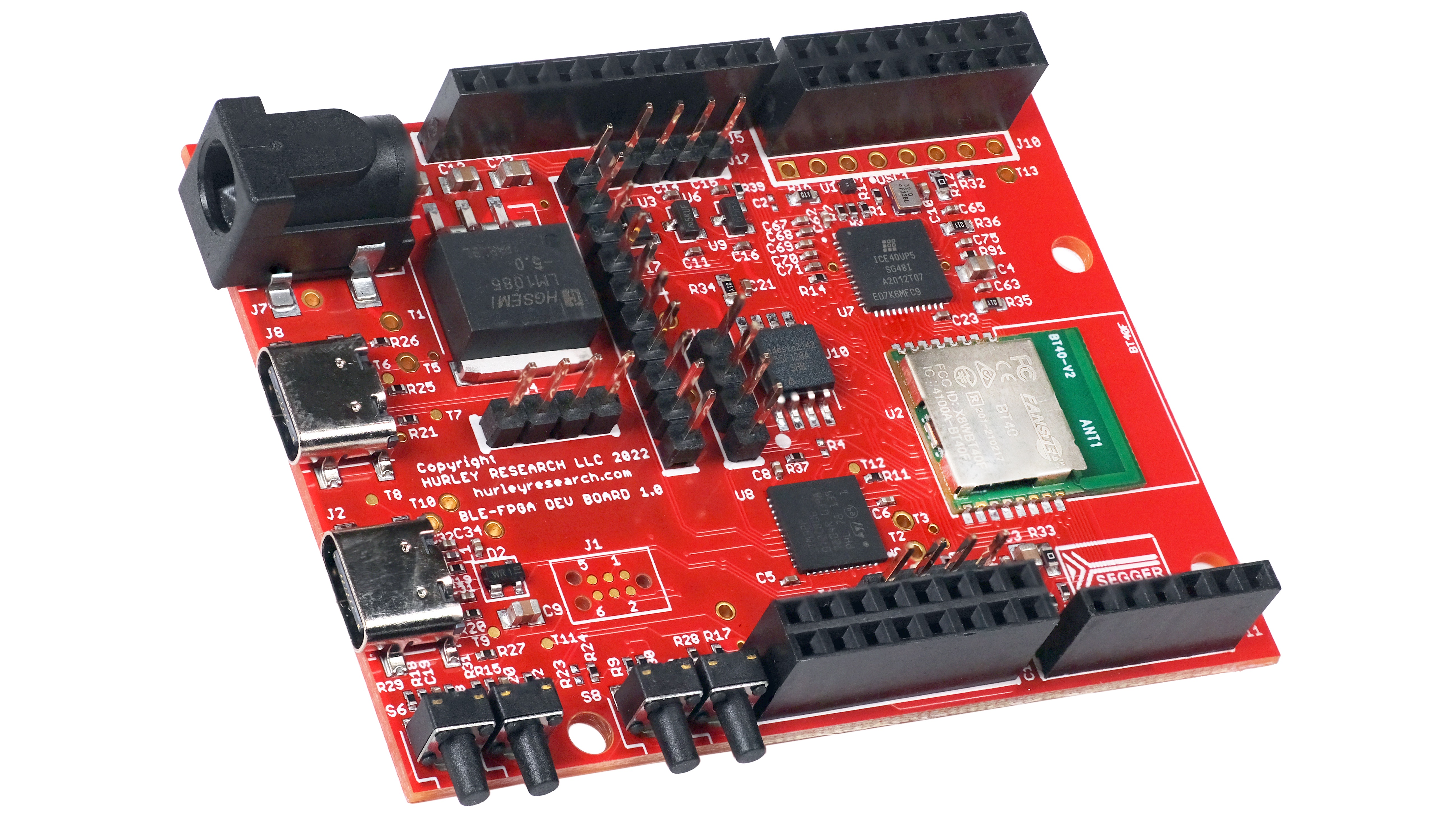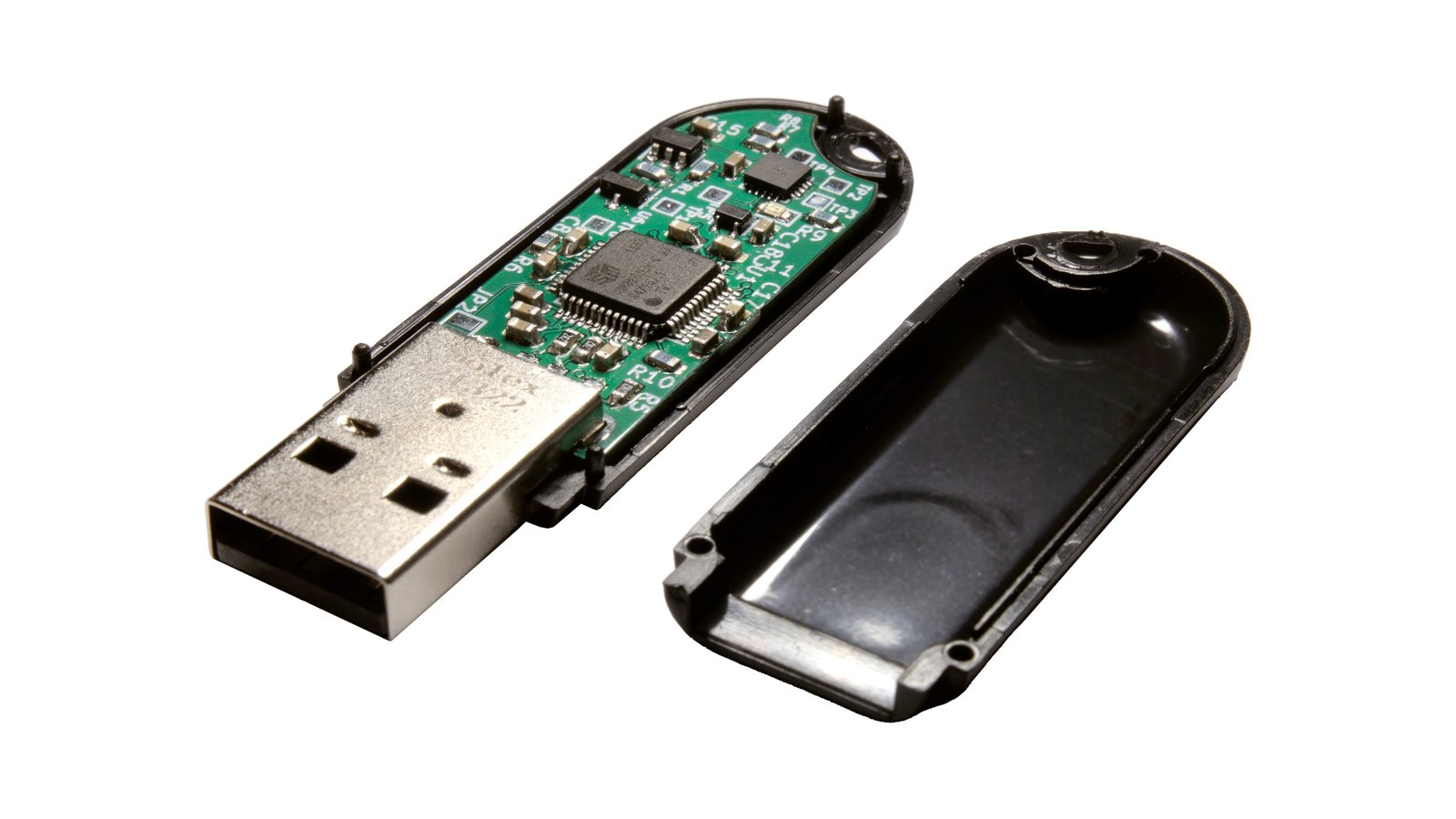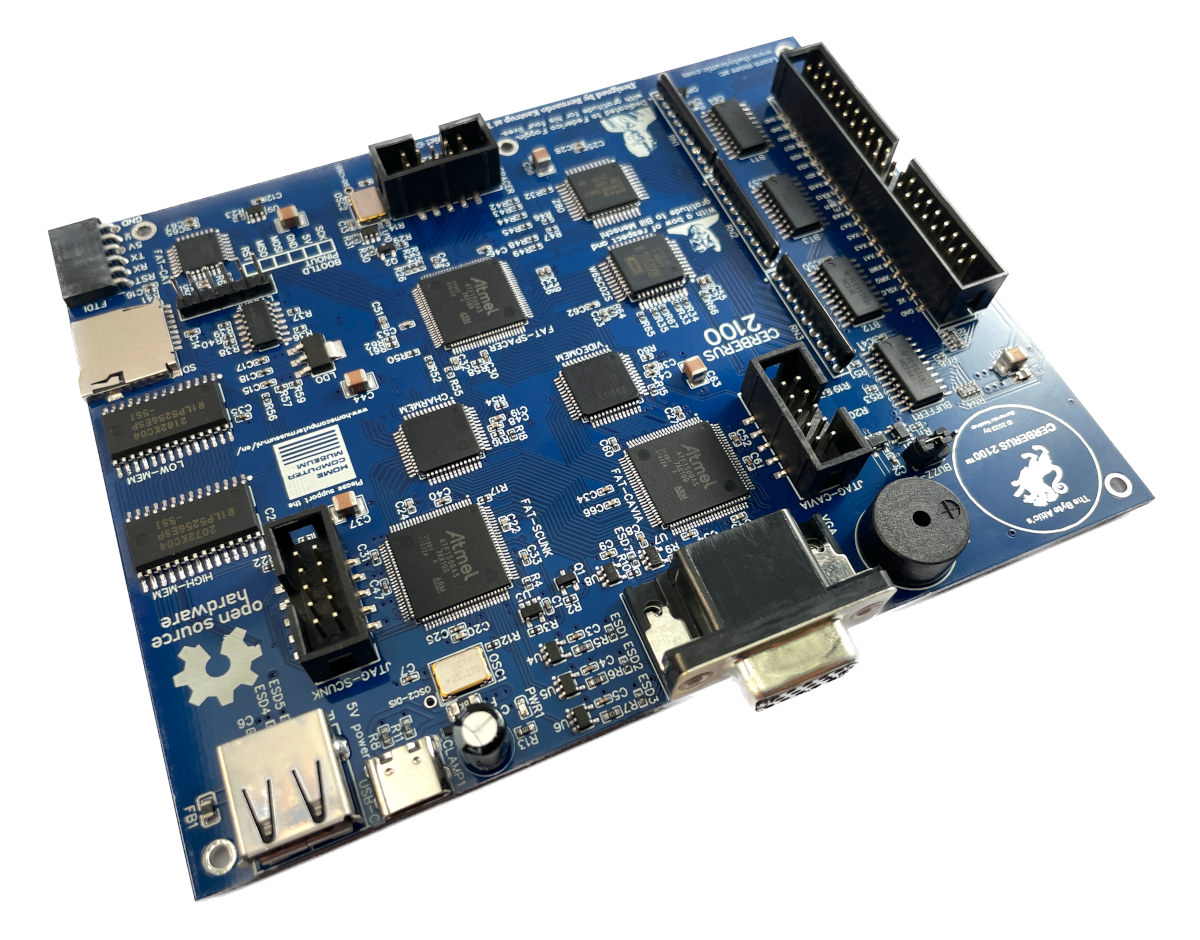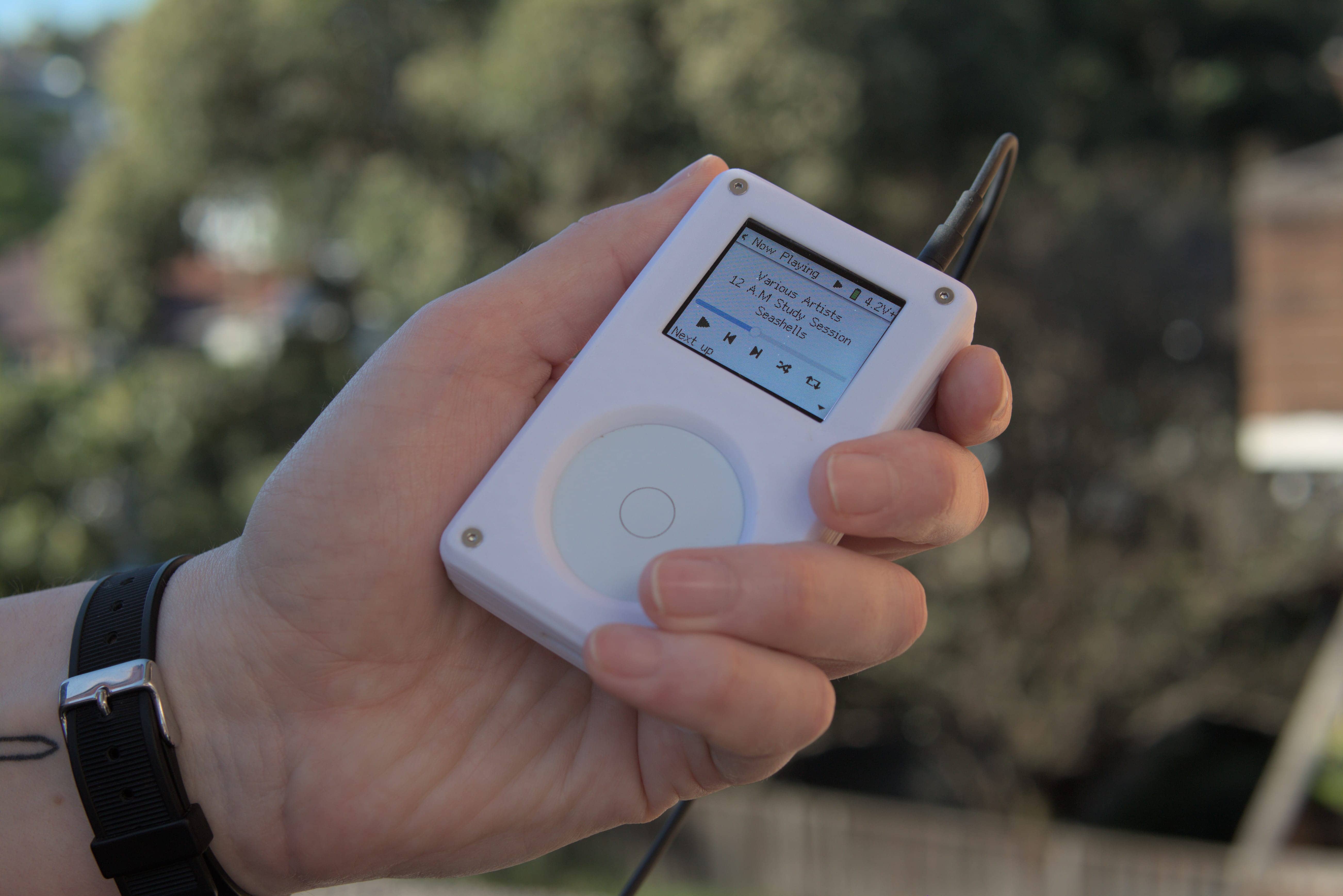Jan Käberich’s LibreVNA is an open-source hardware USB vector network analyzer (VNA) based on a Spartan-6 FPGA, an STM32 microcontroller, and RF circuitry with MAX2871 and Si5351C chips. The open-source VNA supports two channels and works in the 100kHz to 6GHz frequency range. Vector network analyzers are expensive pieces of electronic test equipment used to measure the magnitude and phase of high-frequency electrical networks costing several thousand dollars. They are commonly used in radio frequency (RF) and microwave engineering applications. Last year, we wrote that Pico Technology released PicoVNA 5 software for Linux, Raspberry Pi, and macOS instead of only providing a Windows program for their commercial PicoVNA devices. I thought it was already a good development even if it was closed-sourced, but LibreVNA goes all the way with an open-source hardware design with hardware design files, the FPGA code, STM32 firmware, and PC software (GUI) all open-source. LivreVNA hardware […]
Esp32_oscilloscope Arduino firmware turns your ESP32 board into a web-based oscilloscope
Bojan Jurca’s “Esp32_oscilloscope” is an open-source Arduino sketch that can transform an ESP32 board into a web-based oscilloscope that works over WiFi. We had also written about the Scoppy project to turn the Raspberry Pi Pico W into a 2-channel oscilloscope, but there’s no reason the more powerful ESP32-series microcontroller could not be used for the same purpose, and Bojan’s Esp32_oscilloscope project does just that and works with ESP32, ESP32-S2, ESP32-S3 and ESP32-C3 boards using the I2S interface for fast data sampling. The project was initially designed to demonstrate the multitasking abilities of the ESP32 microcontroller with Arduino, but this evolved into an ESP32 oscilloscope firmware. It works both with output/PWM and input signals, digital (0 or 1) and analog (0 to 4095) signals, and the web interface shows up to 736 samples per screen although the sampling rate may not be completely constant all the time. To install it […]
Microchip announces the PolarFire SoC Discovery Kit, a low-cost devkit for Linux and real-time applications
The SoC Discovery Kit is the latest addition to Microchip’s list of development kits for the PolarFire series. The series is the first SoC FPGA family powered by a deterministic, coherent RISC-V CPU cluster. They provide low power consumption, thermal efficiency, and defense-grade security for smart, networked systems. They also support a deterministic L2 memory system for Linux and real-time applications. Microchip launched the Icicle Kit for the PolarFire SoC in 2020 and it was followed by the Video and Imaging Kit which was intended for mid-bandwidth imaging and video applications. Now, Microchip has announced the Discovery Kit which is billed as a low-cost alternative to the Icicle. The Discovery Kit retains the full range of features needed for testing concepts quickly, developing firmware applications, and programming/debugging user code. According to Microchip, the kit will bring “a low-cost RISC-V and FPGA development for learning and rapid innovation” to new and […]
The M1 device is a Flipper Zero alternative with a faster STM32H5 microcontroller and Wi-Fi connectivity (Crowdfunding)
The M1 is a multitool device that bundles several hacking and penetration tools in a package that looks like a retro-gaming console and could be viewed as a Flipper Zero alternative with a more powerful STMicro STM32H5 Cortex-M33 high-performance MCU featuring Arm TrustZone hardware-based security for additional protection for sensitive data. The M1 multitool device features transceivers for infrared, sub-1 GHz, Bluetooth, NFC, RFID, and Wi-Fi. This means that the M1 can replace most of your remotes as well as your RFID and NFC-based items (membership cards, access fobs, business cards, credit cards, etc.) It also has twelve 3.3V (5V tolerant) GPIO pins that can be used to add extra functionality to the device. M1 specifications: MCU – STM32H5-series microcontroller, with a 32-bit ARM Cortex-M33 core, 1MB RAM Storage – MicroSD card slot Display – 1.54-inch display, 128 x 64 resolution Connectivity Bluetooth 4.2 BR/EDR BLE Sensitivity -96dBm Infrared – […]
NRFICE is a Bluetooth FPGA board in the Arduino UNO form factor (Crowdfunding)
The NRFICE FPGA is a Bluetooth FPGA board designed for edge computing and IoT applications. It is built upon a combination of the dual-core nRF5340 Bluetooth SoC and the Lattice ICE40UP5K FPGA. The ICE40 UltraPlus is a low-power, high-performance FPGA for edge computing and artificial intelligence projects and the nRF5340 is a Bluetooth 5.3 SoC that supports Bluetooth Low Energy (BLE), Bluetooth Mesh, Thread, NFC, and Zigbee. Through the Nordic nRF5340, NRFICE can load a project directly into the iCE40 FPGA, bypassing the usual extensive toolchain setup. This enables a new class of FPGA development, where bitstreams can be hosted in the cloud, selected by a user on their phone, and loaded wirelessly to the board. It features a built-in J-Link OB for easy debugging and programming without the need for emulator dongles and is similar to the previously covered Segger emPower evaluation board in this regard. This board supports […]
Ovrdrive USB is an open-source, privacy-oriented USB flash drive that can self-destruct (Crowdfunding)
We have previously covered the Tillitis Tkey, an open-source security key in a USB-C case but the Ovrdrive USB stick is not a security key. It is a simple, plain USB flash drive with a special security feature. It will appear completely blank unless you plug this drive in three times in quick succession. The Ovrdrive flash drive is aimed at journalists in repressive areas and security researchers but may be useful to other security and open-source hardware enthusiasts. As for how it works, the Ovrdrive has two identical circuits connected to the ATtiny24A microcontroller that controls the rapid plug-in functionality. When the flash is plugged in, the microcontroller powers on, and the CHG1 node goes high, charging C3 through D2. The pin will remain high for a while and then slowly discharge via R1 and body resistance. C3 and the identical C14 will remain high through power cycling/a quick […]
CERBERUS 2100 is a BASIC-programmable educational board with Z80 and 6502 8-bit CPUs
Olimex has just announced the launch of the CERBERUS 2100 open-source hardware, educational, multi-processor 8-bit computer with both Z80 and 6502 CPUs, as well as a Microchip AVR processor serving as an I/O controller. The CERBERUS 2100 features several CPLD and is fully programmable from the lowest level (individual gates and flip-flops) up to BASIC interpreters running on the Z80 and 6502 CPUs. Olimex did not design this themselves as the hardware design is from Bernardo Kastrup (aka TheByteAttic), while BASIC interpreters were written by Alexander Sharikhin (6502) and Dean Belfield (Z80). CERBERUS 2100 specifications: Processors Zilog Z80 8-bit microprocessor at 4 or 8 MHz (user selectable) Western Design Center W65C02S 8-bit microprocessor at 4 or 8 MHz (user selectable) “FAT-CAT” (Custom ATmega328pb) Microchip 8-bit AVR ATMega328PB microcontroller at 16 MHz CPLDs (ATF1508AS-7AX100) FAT-SCUNK (Scan CoUNter and clocK) and FAT-CAVIA (ChAracter Video Adapter) for video circuit connected to a 25.175 […]
Tangara is a portable, open-source music player based on an ESP32 MCU (Crowdfunding)
Tangara is a portable music player that is out to make MP3 players cool again. With an iPod-inspired design and an ESP32 module at its core, Tangara presents an open-source and nostalgic way to listen to your favorite music and podcasts. The ESP32-WROVER-E at the core of the music player is the main microcontroller but it also features a co-processor, a Microchip SAMD21, which is responsible for USB communication and power management. We have covered the ESP32-WROVER-KIT, a development kit for the ESP32-WROVER and ESP-WROOM-32 line of modules with a JTAG interface and an LCD. The Tangara music player can output audio through a 3.5mm headphone jack or Bluetooth, although Bluetooth is currently limited to the default SBC codec. Tangara is the brainchild of Australian tech company Cool Tech Zone and is aimed at the portable media player community at large. This is reflected in many of the design choices […]


